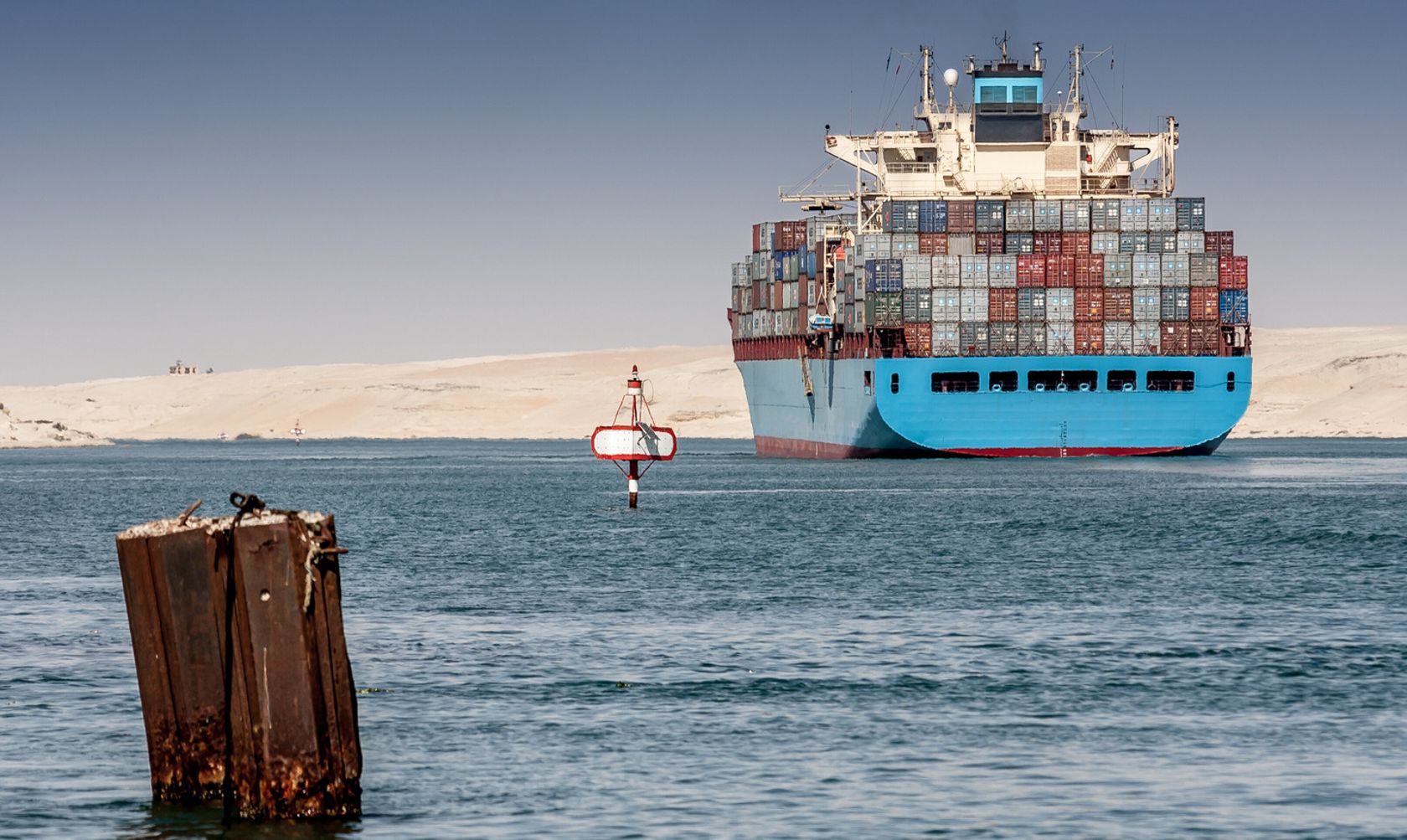After the alarms of trade associations and global trade players, there has also come the spotlight of the Bank of Italy, which, in its usual monthly bulletin, has put in black and white how shipping in those waters affects nearly 16 percent of Italian imports of valuable goods. And although Via Nazionale highlights how, despite the naval attacks, crude oil and natural gas prices have remained subdued, it does not shy away from pointing out that possible disruptions in global value chains, particularly resulting from attacks on shipping traffic in the Red Sea, or increases in energy prices caused by unfavorable developments in the Middle East war, pose additional downside risks.
It is now clear to all that a military escalation is underway in the Southern Red Sea region that is raising not a few concerns about the geopolitical stability of the area and that has, and could have, repercussions on global trade.
The Strait between Yemen and Djibouti has for years been plagued by acts of piracy against merchant ships sailing the Suez Canal route but, in the last 2 years, there has been a shift from sporadic unorganized attacks by Somali pirates to full-fledged military operations by the Houthi militias, a Shiite tribe stationed in southwest Yemen and supported, albeit unofficially, by the Iranian state. More recent events have prompted some Western powers to increase their presence in international waters in the area with naval vessels for years now, culminating in the targeted missile attacks a few weeks ago, coordinated by the U.S. and U.K., which targeted Houthi bases and strongholds.
This situation has further highlighted the internal disagreements within the European Union where some countries such as Germany and the Netherlands are more inclined to direct military actions while Italy, Spain and France prefer a more militarily neutral positioning but at the same time are ready to provide naval vessels to support and guard the strait area. All these disputes are affecting naval trade, with direct consequences on global commodities and supply chains. "The Suez Canal represents the world's main trade route between major Asian producing countries and the European continent. Focusing on Italy we find that as much as 40 percent of our Import-Export passes through the Suez Canal (while it is 12 percent of global maritime traffic) and the main Italian ports are at risk of losing ground due to the blockade in favor of the Northern European ports of Rotterdam and Hamburg, which are 'favored' by the circumnavigation route of the African continent," comments Luca Longhi, head of Total Return Portfolio at Banca Generali. "These issues are also compounded by energy supply concerns since the Red Sea is a key route for the transit of energy commodities, particularly oil and liquefied natural gas," Longhi continues.
Not only Italy has been affected by the impact of these events, the repercussions are multiple globally even though on the commodities front there has not been excessive volatility while transportation costs have increased significantly. "Oil, after an initial surge in prices has slightly retraced and then stabilized in the $72-$74 per barrel range, not much above the close of late 2023, this is due to a high level of inventories in Europe and a supply that to date has not stopped but only slightly slowed down (from the Bab-al-Mandaq strait transits about 7.8 million barrels of crude oil per day in the direction of Suez and the Sumed pipeline that connects the Red Sea to the Mediterranean, avoiding the onerous transit of tankers through the Suez Canal). Much more relevant, however, is the impact on maritime transport costs with a drastic reduction (over 20% in December and 90% from the beginning of January ) of transits from the 'Gate of Tears' and the choice of the world's largest shipping companies that for the China-Europe route have opted for the circumnavigation of Africa, which provides about 3500 extra miles that correspond to more than 10 days of navigation to be added to the already 35 of the 'normal' route, " adds the Banca Generali expert.
The WCI "World Container Index," a benchmark index of the cost of shipping containers on the East-West trade routes, has increased since the beginning of the year by about 40 percent from $2700 to $3770. "The first 'illustrious victims' of supply chains are in the automotive sector with Tesla having to suspend production at the Gigafactory in Berlin and other brands halting production in Turkey, the main production hub in the Mediterranean. If the current situation is not resolved quickly, it would again trigger the risk of higher inflation," Longhi concludes.
 Luca Longhi, Head of Total Return Portfolio at Banca Generali
Luca Longhi, Head of Total Return Portfolio at Banca Generali



